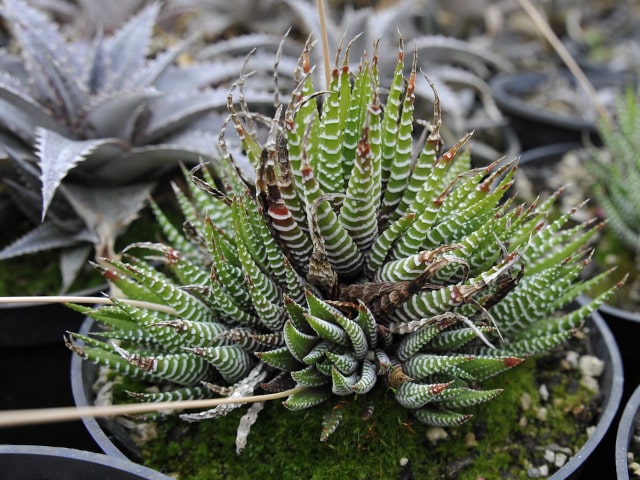
Calathea plants, also known as Prayer plants, are famous for their beautiful, patterned leaves and gorgeous foliage. If you choose to grow them in your home, it is important to know how to give them all the nutrients they need, which sometimes includes fertilization.
Calathea plants benefit from a strict fertilization routine that you should follow. These are not heavy feeders, so strict routine prevents your plants from over-feeding. On the other hand, it is crucial that you give your Calatheas all the nutrients they need so they can thrive and bloom properly.
Keep in mind that Calathea plants don't require much fertilization, but you need to choose the right type and the correct regime. It is not difficult to identify a problem of under-feeding. A Calathea that lacks nutrients will likely have yellowing and fading leaves. Many times, you will not need to fertilize if this happens: sometimes, simply giving your plant fresh potting soil with some fertilizer mixed in, or with some compost will do the trick.
However, in some situations, you will need to apply fertilizer for Calathea. It is important to know what kind of feeding this plant needs, how often, and how to apply it properly to your Calathea plant.
The Best Fertilizer for Calathea
When choosing the best fertilizer for Calathea, you need to understand that this plant strongly prefers nitrogen compared to the other nutrients. It also only needs a bit of trace nutrients from the soil, so the dose should be small.
This is why a fertilizer that has a strong nitrogen base is the best for Calathea plants. A fertilizer with Nitrogen-Phosphorus-Potassium ratio of 3-1-2 is recommended for these plants. Also, preferred type of nitrogen is urea or ammonia-based nitrogen. All of this means that the best fertilizer for Calathea plants are those that are made with organic materials. You can use both liquid and dry fertilizers for your Calathea plant, but make sure that it's based on organic materials.
Another thing that works great as a fertilizer for Calathea is composted manure and manure extracts. They are often rich in urea-based nitrogen. You can also use fish emulsions for the same purpose, or you may try kelp liquids.
Keep in mind that compost and other types of homemade fertilizer is often too low in nitrogen to adequately meet the needs of Calathea plants. These contain too low levels of nitrogen. If you really wish to use homemade fertilizers, go with coffee grounds: these contain enough nitrogen for Calathea plants. A great thing about coffee grounds is that they only release a small dose of nitrogen at a time, as they dry. Coffee grounds are slightly acidic, but this is not a problem for Calatheas.
How Often to Apply a Fertilizer for Calathea
Knowing what kind of a fertilizer your plant needs is not enough. You also need to know how often you should give your Calathea some fertilizer. It is very dangerous to over-fertilize, since it can burn the roots of the plant and can lead to numerous other problems.
Keep in mind that Calatheas are generally not heavy feeders. You don't need to give fertilizer for Calathea every time you water your plant. It is also important to avoid fertilizing Calathea plants that are recently propagated.
It is best to fertilize Calathea plants once per season: in the spring, summer and in the fall. It is important to leave at least 8 weeks between two fertilizations. This will protect your plant from overfeeding.
Some larger varieties of Calathea need a bit more feeding. For these varieties, you can fertilize once per month during the growing season, but make sure to use only diluted fertilizer.
Keep in mind that it's better to under-fertilize your Calathea plant than to over-fertilize.
How to Apply a Fertilizer for Calathea
There are different types of fertilizers you can use, and they are applied in different ways. Liquid fertilizers have the advantage of quick action: they provide the plant with immediate access to nutrients. These fertilizers are also great because they provide even distribution in the soil.
When applying liquid fertilizer, it is important to test it first in a diluted form, to see how your plants are reacting to it. You should slowly build up to the full 3-1-2 fertilizer only if your Calathea needs it.
In general, the best application of fertilizer for Calathea is half of the full strength, applied three times per year. For most Calatheas, this will be more than enough to make them thrive without being too strong. However, some very large or more demanding varieties might benefit from a full-strength fertilizer more than 3 times per year.
For other types of fertilizers, such as spikes or pellets, you should simply place them into the soil according to the manufacturer's instructions. The fertilizer will slowly seep into the ground to the roots every time you water your Calathea.
In Conclusion
You should be very careful when choosing the right fertilizer for Calathea. Make sure to pick the one that is rich in nitrogen. It is also important not to over-feed your Calathea plants. Calatheas don't require a lot of nutrients, particularly in the winter.
Over-fertilization can cause yellow or brown leaves, and the entire plant might lose color. Most of the time, these issues are attributed to under-watering or for giving your plants too much light, so it's not always easy to discover the real culprit if over-fertilization is the problem. To avoid these issues, it is best to stick to a strict fertilizing regime that spaces out applications of fertilizer by at least 8 weeks.
Photo credit: Megan Hansen
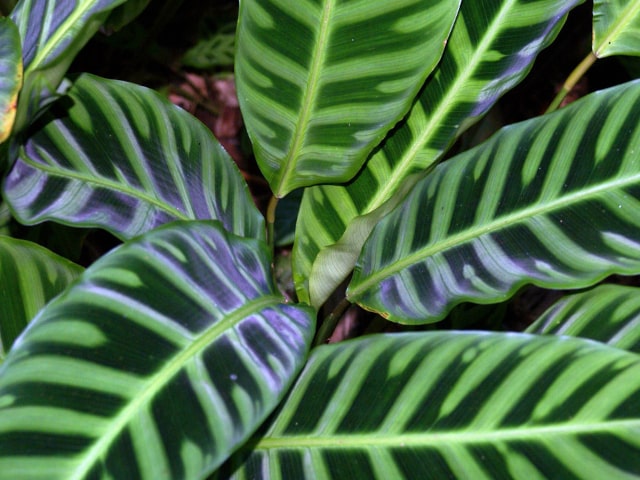
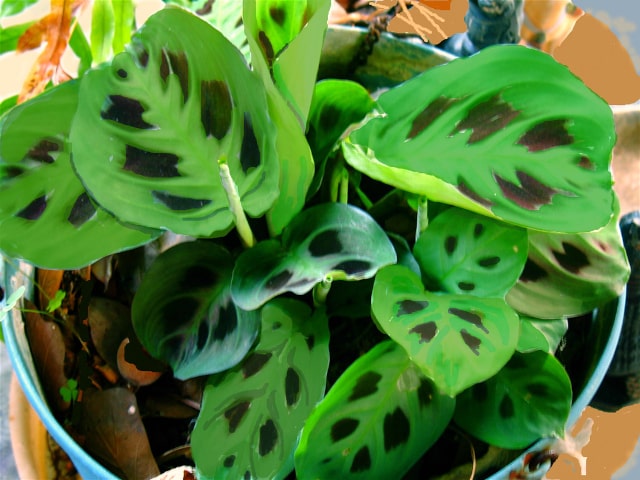
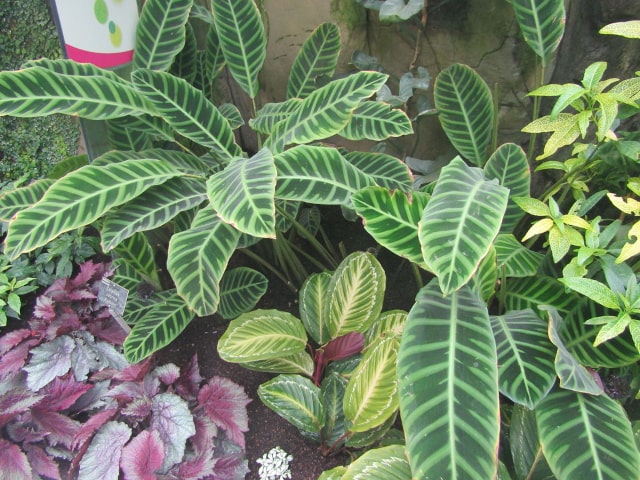
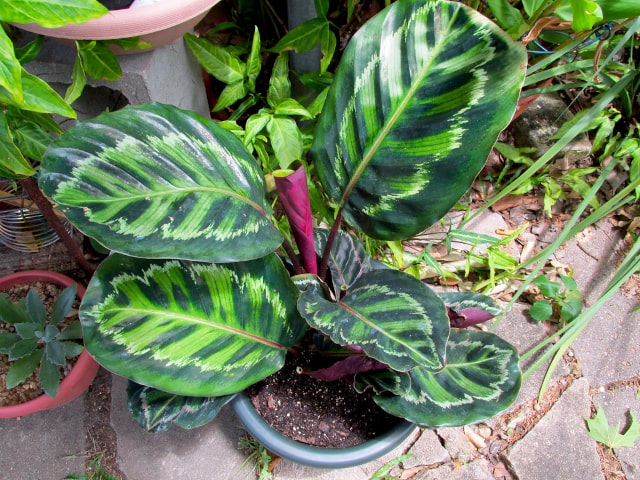
0 Comments